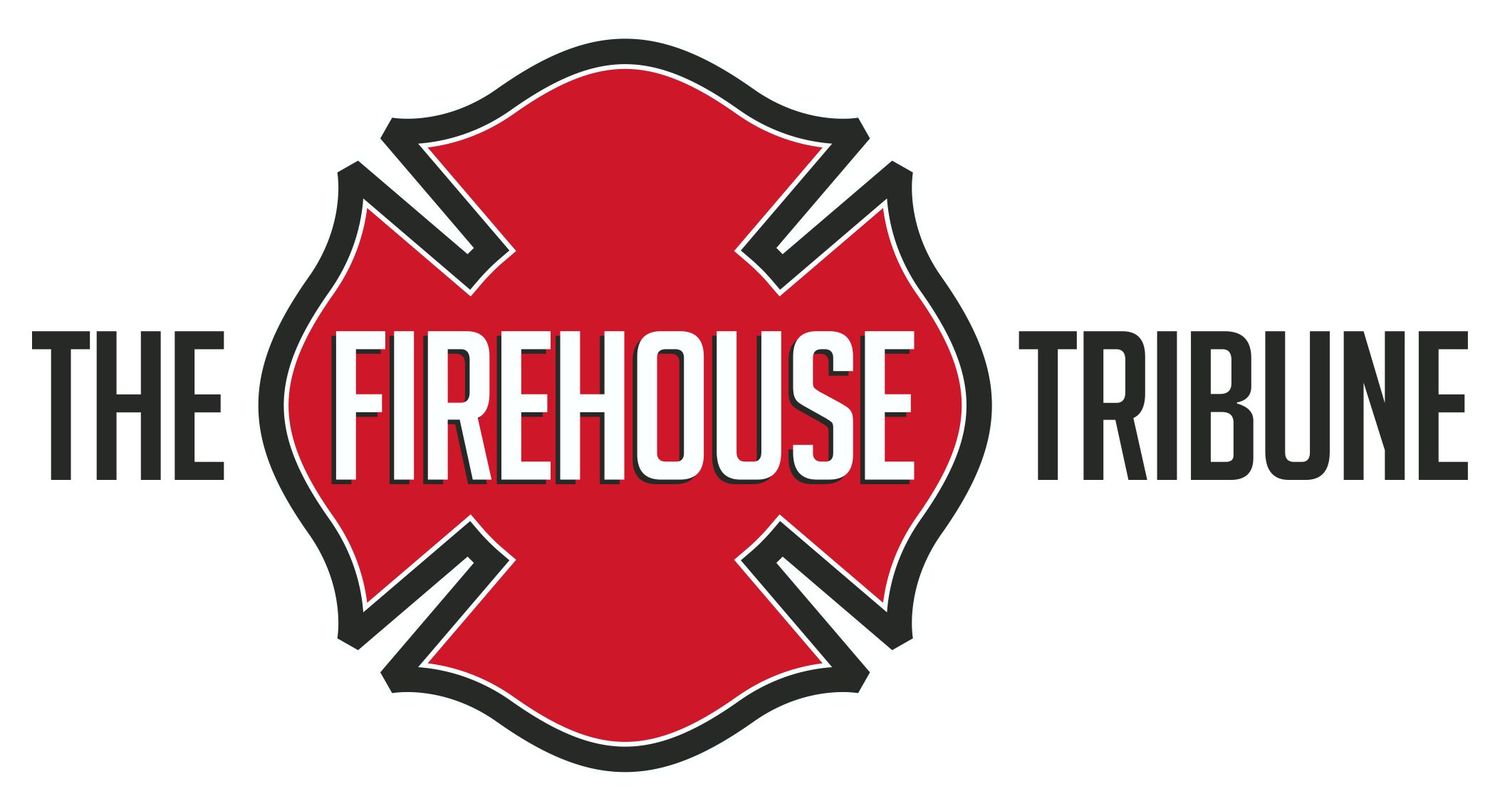A Perfect TIN
My choice of title may have you question my high school diploma. It may also have you question if I understand the difference between self-confidence and being self-absorbed. Rest assured, my diploma is valid, and many of life's lessonshave kept me humble.After spending just over a year on an ambulance as a probationary supervisor, I learned a number of things. Three of those things that come to mind can be put together in the acronym TIN:
• Theory
• This is the starting place, not the ending place. When I left home after high school, I thought to myself "Now I get to show my mom I know what I'm talking about!" like so many folks leaving home, I knew the answers that I came up with would carry me though life. Most of those answers didn't last the first year. Life as a new supervisor was no different. I already had 10 years of supervisory experience from the military. Yet, this first year I found myself tweaking and adjusting how I thought things would go. As the military saying goes, "No plan survives contact with the enemy." What theories do you have that are awaiting contact with real life situations?
• Information
• When I prepared for the promotional process, there was an exercise where I interactedwith role players to show my interpersonal skills. I knew that the role player may have info that I needed. If I didn't ask for it, however, Iwasn’t going to get it. So, when it was brought to me that there was a difference between what I thought was happening my first year, and what was actually happening, I realized I didn't have all the info I needed. After talking it over with my boss, I completed a 360-degree survey at my station. I gotfeedback from my boss, other supervisors, and the firefighters there. I found where my Theory was working, and I found where it wasn't. I didn't make all the changes recommended, but I did change my approach on a number of things. Sometimes, you won't get information unless you ask for information. When is the last time you asked for more info?
• Network
• Having a network is huge! You've used your Theory. You've gotten Information you didn't have before. Still coming up short on leadership answers? No problem. Phone a friend from your Network. Your Network is a grouping of people you respect and depend on to be the best version of yourself. Getting the insight and perspective of another person can be just what you need to get on the right track. Who gets to be in your network? Your mentors to start with. Getting advice from someone who cleared the path of wilderness before you can help greatly. Respected peers are some others. I was lucky enough to be at a station with 6 other supervisors that I interacted with. Each person was able to provide me with an angle I may not have considered. Don't have 6 supervisors where you work? Connect with others in your organization. Join professional groups. Attend local conferences and trainings to network with people. Finally, don't forget about the people you know, that know nothing about your job. One of the best relationships I've had thus far, is the older gentleman I used to ride with to the men's prayer breakfast. As we rode, I would just soak in all the life wisdom he was nice enough to bestow on me. Who are you calling in your Network to be a million-dollar supervisor?
Are there more lessons that I learned I that year? You bet! I’m still digesting some of them. Luckily, being a good supervisor is a process. One that I hope to get better at every day. All with the hope that one day, I’ll be an ordinary person, who had an extraordinary impact.
About the Author
NICK BASKERVILLE has had the honor of serving in the United States Air Force for 10 years, followed by 4 years in the United States Air Force Reserves. He attained the rank of Technical Sergeant (E-6). Nick also has 16 years of fire service time, with 13 years of that being in a career department in Northern Virginia. Nick has had the opportunity to hold positions in the Company Officer's section of the Virginia Fire Chief's Association (VFCA), The Virginia Fire Officer's Academy (VFOA) staff, and in the International Association of Black Professional Fire Fighters (IABPFF) as a chapter president, a Health and Wellness committee member, and one of the IABPFF representatives to the Fire Service Occupational Cancer Alliance.


